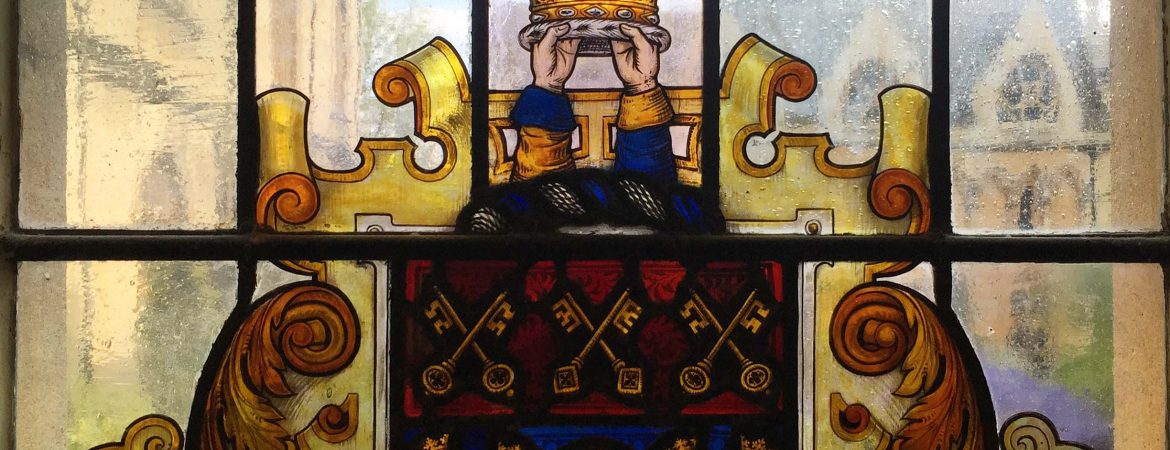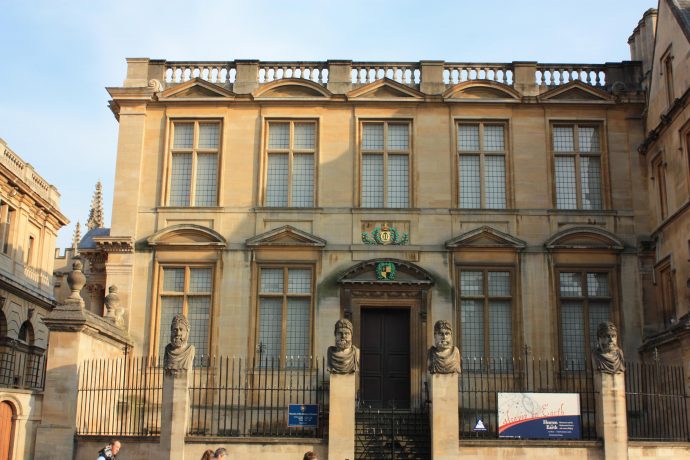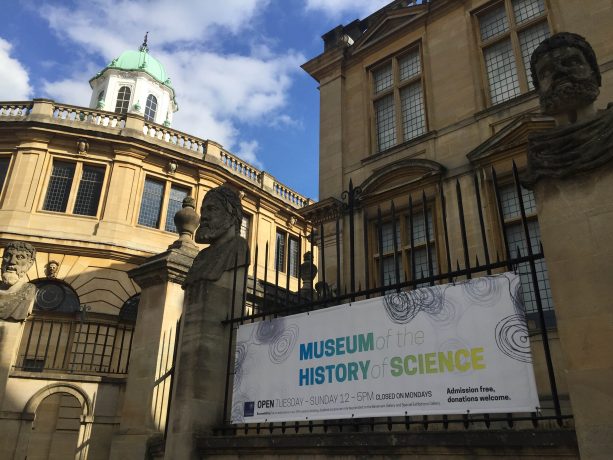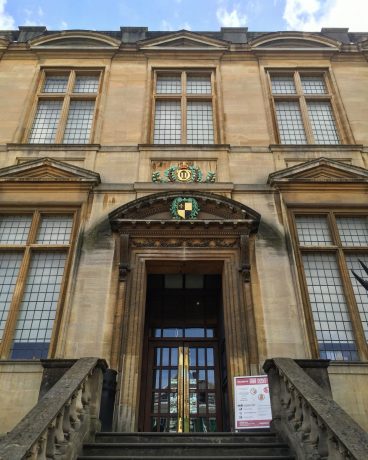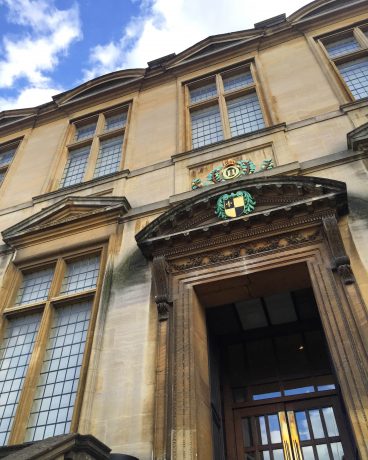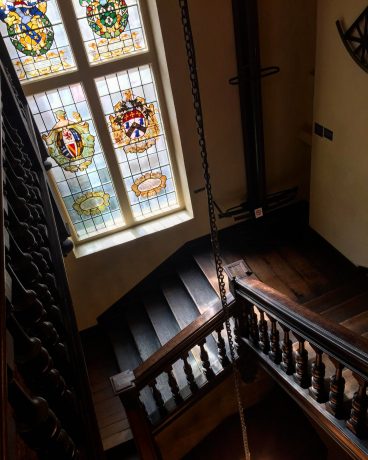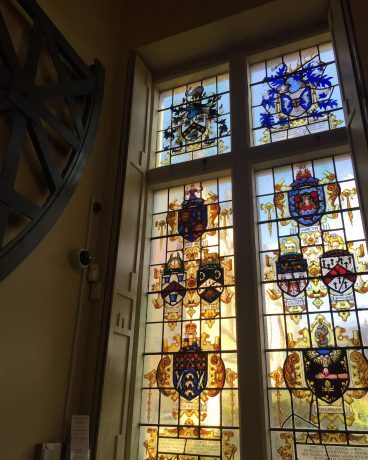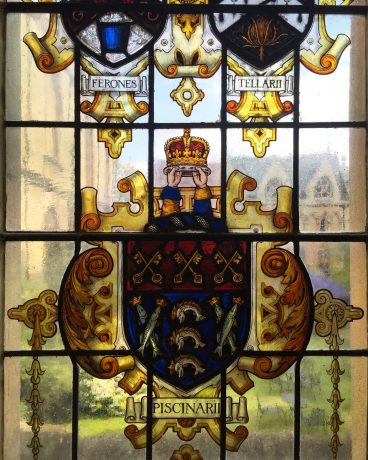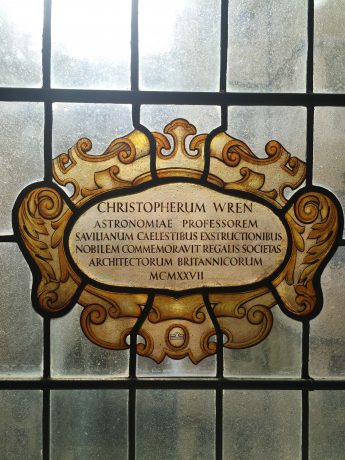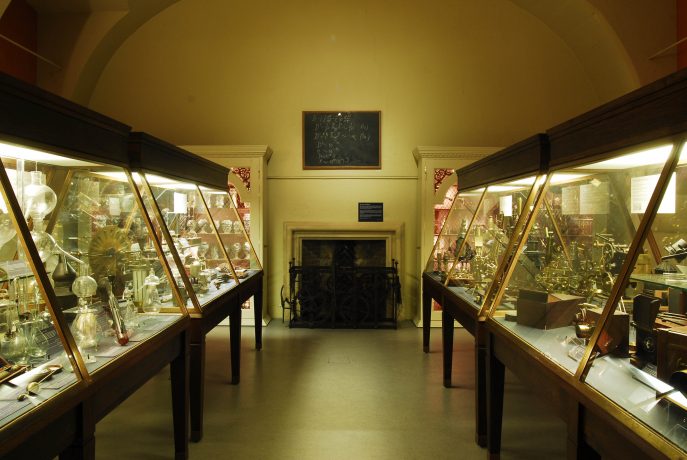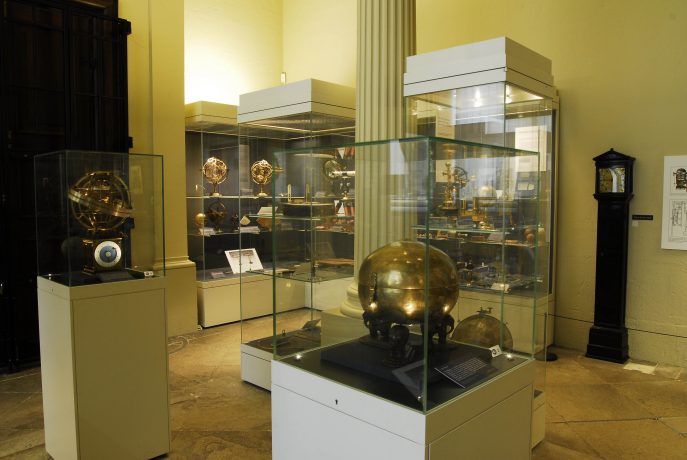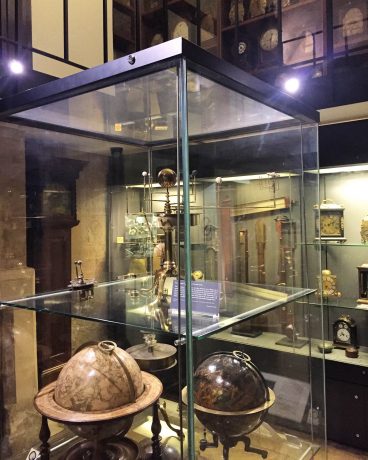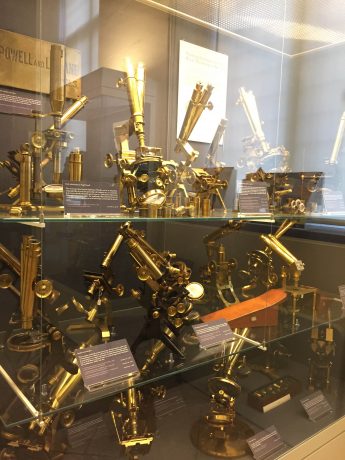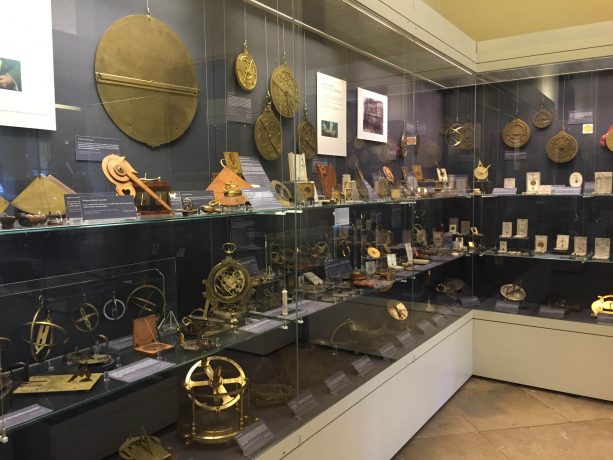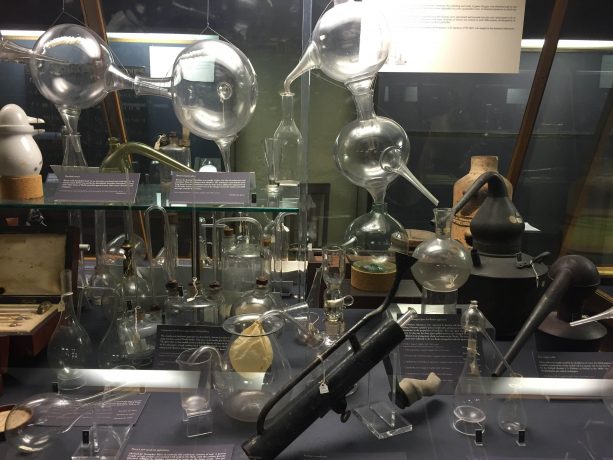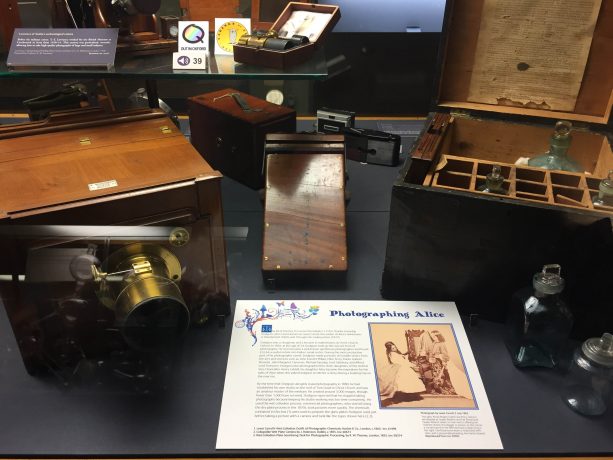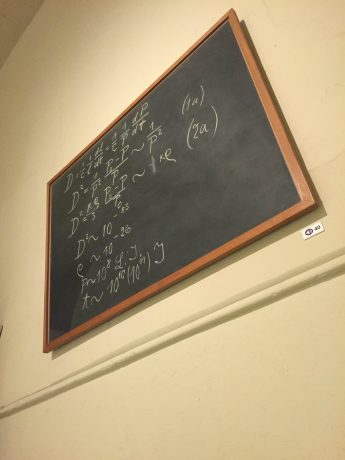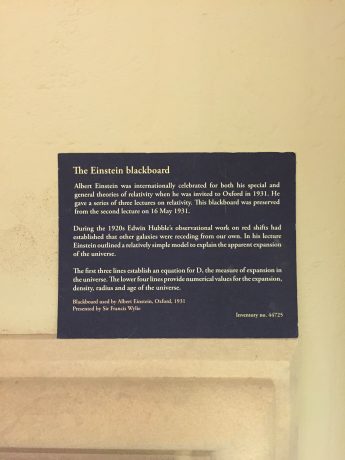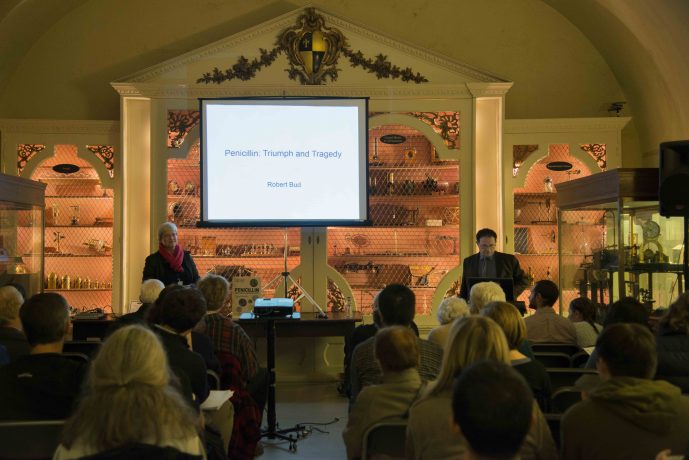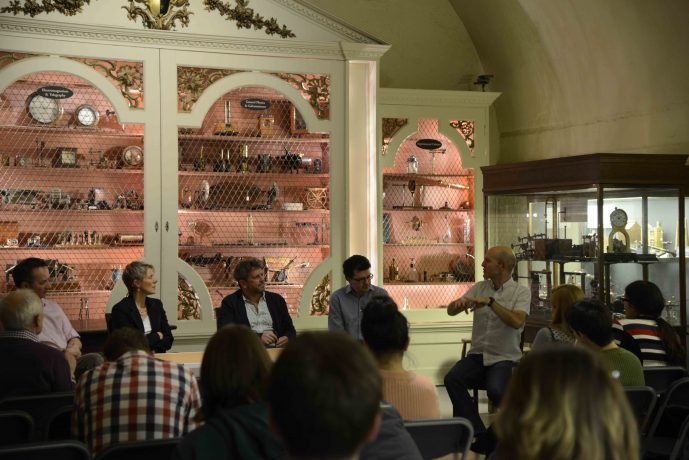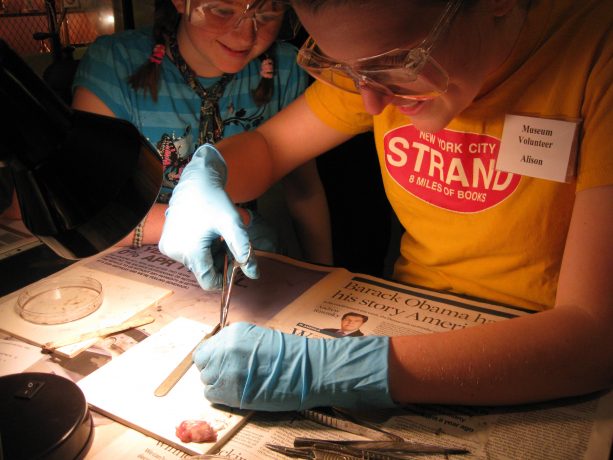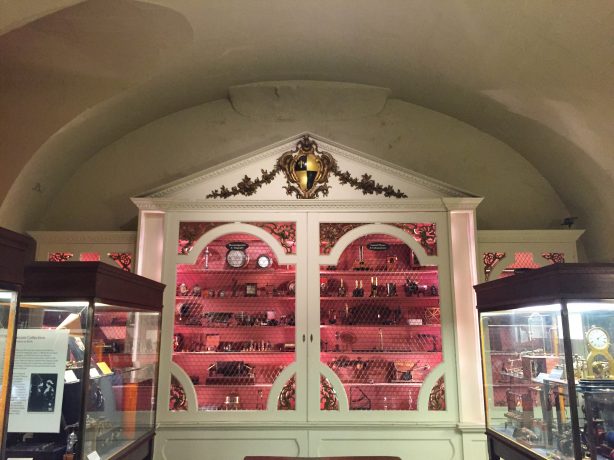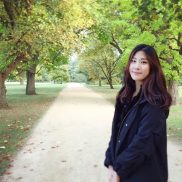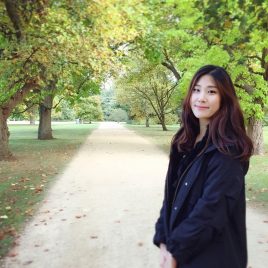Next to Oxford’s Sheldonian Theatre on Broad Street, you will find the Museum of the History of Science. Built in 1683, this place is also known as the ‘Old Ashmolean Building’ as this was where the Ashmolean Museum had originally begun, before moving on to its current location on Beaumont Street. The Ashmolean Museum was the first purpose built museum in the world, which makes this very building an important landmark in the history of museums.
The Museum of the History of Science all began with the collection of Dr Lewis Evans (1853-1930), often referred to as ‘the Astrolabe Man’, who offered up his incredible collection which included mathematical instruments, sundials and books to Oxford in 1924. It is said that at one point the number of astrolabes Evans possessed surpassed any other collection, even more than the British Museum’s. In 1925, the year following the donation, the Museum was opened to the public with its original name, the Lewis Evans Collection, and then renamed in 1935 as the Museum of the History of Science. It has since expanded to a collection totalling more than 20,000 objects. Despite the small size, this place is teeming of things to see!
The Museum of the History of Science all began with the collection of Dr Lewis Evans (1853-1930), often referred to as ‘the Astrolabe Man’, who offered up his incredible collection which included mathematical instruments, sundials and books to Oxford in 1924. It is said that at one point the number of astrolabes Evans possessed surpassed any other collection, even more than the British Museum’s. In 1925, the year following the donation, the Museum was opened to the public with its original name, the Lewis Evans Collection, and then renamed in 1935 as the Museum of the History of Science. It has since expanded to a collection totalling more than 20,000 objects. Despite the small size, this place is teeming of things to see!
Oxford and science have crossed paths at many occasions, and probably the biggest breakthrough discovery made locally in Oxford was in 1941 with penicillin, also known as “the miracle drug”, which made incredible advances in medical care; it was also a timely discovery in helping thousands of lives of injured soldiers during World War II. To commemorate the first testing of penicillin 75 years ago, the Museum is currently holding ‘Back from the Dead’, an informative exhibition which takes visitors on a journey on antibiotics from 1940 up to the present day.
The permanent displays have equally mind stimulating exhibits of complex scientific instruments and science and mathematically related objects, a lot of them rare antiquities, and very beautiful to look at. Another popular exhibit is the “Einstein Blackboard”. On this small blackboard are chalk writings which Albert Einstein had written during a lecture on relativity in Oxford in 1931. Other highlights include Lewis Carroll’s camera; Carroll (Charles Dodgson) is best known as the author of ‘Alice and Wonderland’, but he was also a lecturer in Mathematics at Oxford’s Christ Church College, as well as an amateur photographer. He made portraits with his camera for the likes of John Everett Millais, Dante Gabriel Rossetti and Lord Salisbury.
Facts and evidence aside, the Museum of the History of Science allows you to see the beauty within the Science, and makes a great case for ‘Science meets Art’. A lot of the exhibits here are advanced tools for science but also happen to be examples of exquisite craftsmanship and works of art. To take a step further in combining the arts with the sciences, the Museum has also recently teamed up with the Royal College of Art to Jewellery and Metal students to create pieces that take inspiration from the Museum collections. Finished pieces will be available at the Museum’s shop, so this is something we will look forward to seeing in the near future!
Being a part of the University of Oxford, the Museum is naturally keen on education, and actively hosts tours and lectures and events for children to participate in. There are family friendly museum trails and themed talks in order to engage children directly with the instruments on view. This museum is great for visitors of all ages.
